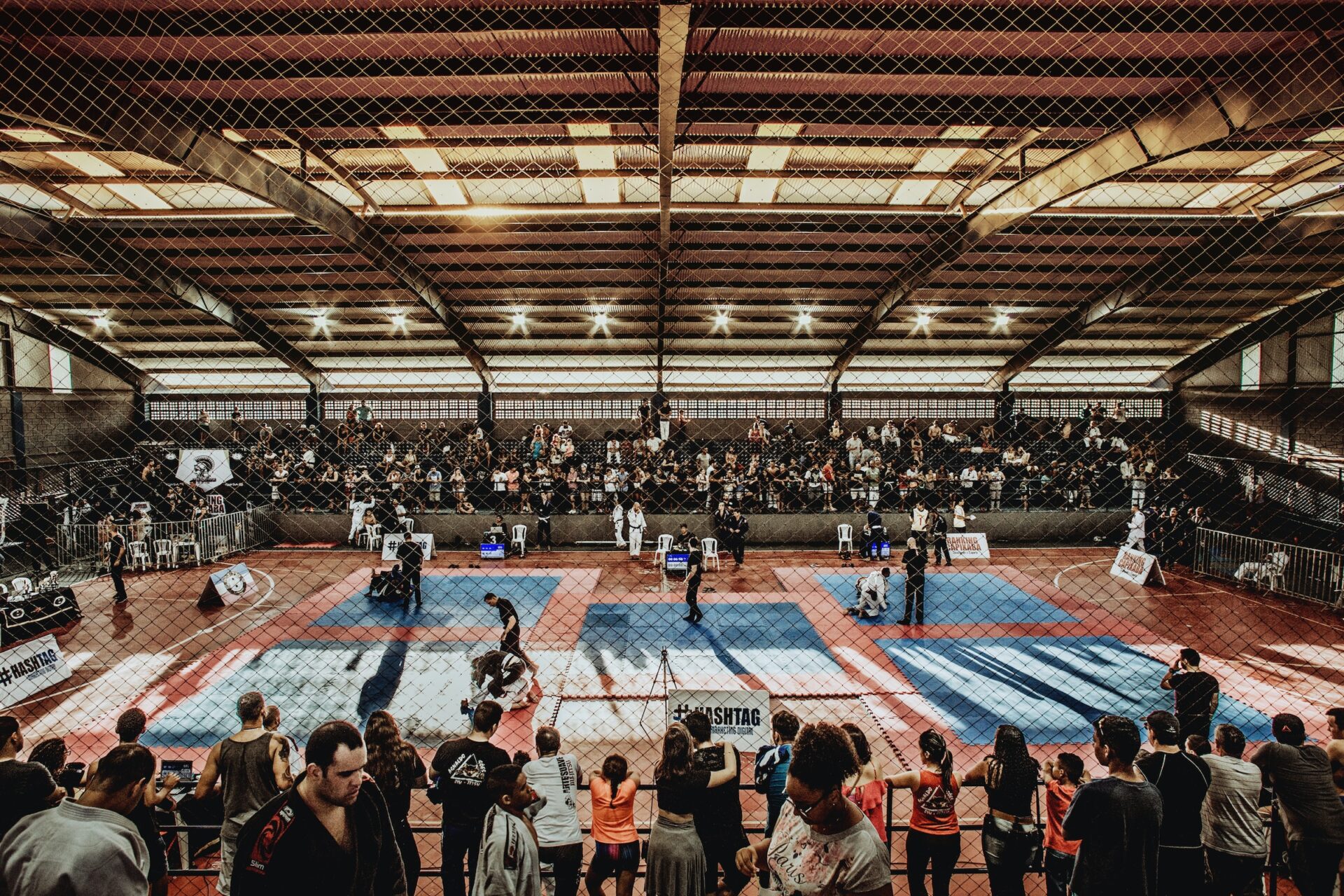
The Evolution of BJJ: From Helio Gracie to the Modern Era
Brazilian Jiu-Jitsu (BJJ) is a martial art that has undergone a remarkable evolution over the years. From its ancient roots to the modern era, BJJ has become a global phenomenon, known for its effectiveness and practicality. In this comprehensive blog post, we will explore the captivating journey of BJJ, tracing its origins, significant milestones, influential figures, and the impact it has had on the martial arts landscape.
Origins of Brazilian Jiu-Jitsu
The story of BJJ begins in Japan with the ancient martial art of Jujutsu. Jujutsu focused on ground fighting, joint locks, and submission holds. In the early 20th century, Mitsuyo Maeda, a Japanese judoka, brought Jujutsu to Brazil. Maeda taught his techniques to Carlos Gracie, who later shared his knowledge with his brothers, including Helio Gracie. The Gracie family further developed and refined the art, evolving it into what is now known as Brazilian Jiu-Jitsu.
The Gracie Family’s Contributions
The Gracie family played a significant role in shaping BJJ’s evolution. Helio Gracie, known for his smaller stature, made adaptations to the techniques to maximize leverage and efficiency. His modifications allowed practitioners to overcome larger opponents through skill and technique. The Gracies spread their art by organizing challenge matches and establishing academies, creating a legacy that would forever impact the martial arts world.
BJJ Goes Mainstream
The turning point for BJJ came in the early 1990s with the advent of the Ultimate Fighting Championship (UFC). Royce Gracie, representing the Gracie family, dominated the early UFC events, showcasing the effectiveness of BJJ against various martial arts styles. This watershed moment brought BJJ into the mainstream, captivating audiences worldwide and attracting practitioners from all walks of life.
Global Expansion and Cross-Training
As BJJ gained recognition, academies began to sprout up worldwide, creating a global community of practitioners. The rise of the internet facilitated the sharing of knowledge, allowing practitioners to connect, learn, and evolve the art through cross-training. BJJ academies became hubs of learning and camaraderie, fostering a supportive and competitive environment for practitioners to grow and develop their skills.
BJJ’s Impact on Mixed Martial Arts
BJJ’s impact on mixed martial arts (MMA) cannot be overstated. The art’s emphasis on ground fighting, submission holds, and positional control has become a cornerstone of MMA training. Many successful MMA fighters, such as Anderson Silva, Georges St-Pierre, and Demian Maia, have BJJ backgrounds and have demonstrated the effectiveness of the art in the octagon. BJJ techniques continue to shape the landscape of MMA, influencing fight strategies and leading to exciting grappling exchanges in the cage.
Modern Innovations and Adaptations
In recent years, BJJ has witnessed ongoing innovations and adaptations. Techniques have been refined, new approaches have emerged, and the art has become more dynamic and versatile. Athletes and instructors continually push the boundaries of the art, experimenting with creative submissions, guards, and transitions. The advent of competitive tournaments, such as the Abu Dhabi World Professional Jiu-Jitsu Championship, showcases the evolution of BJJ, highlighting the latest techniques and strategies employed by top-level practitioners.